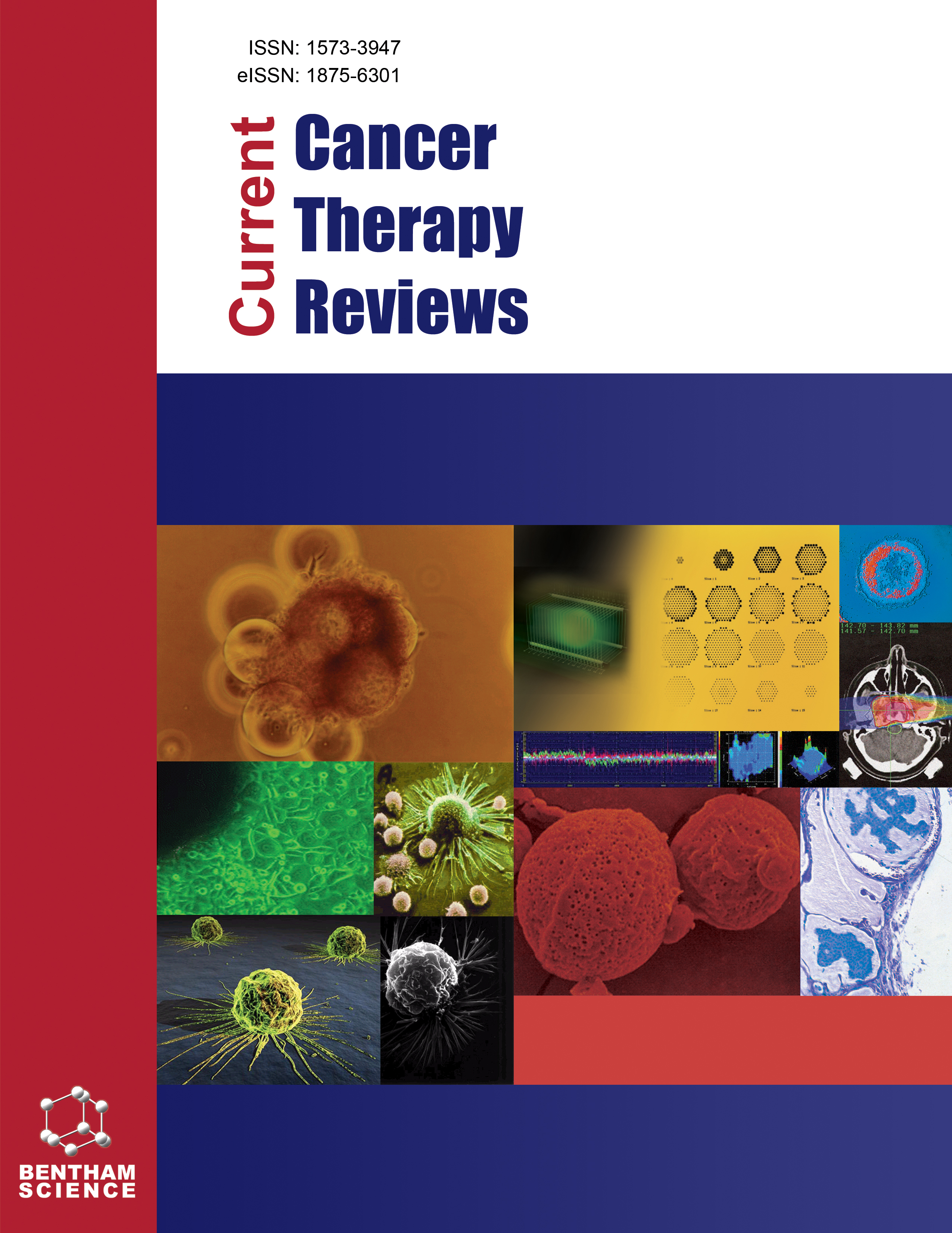
Full text loading...
We use cookies to track usage and preferences.I Understand

The review paper provides an extensive overview of strategies for targeting the tumour microenvironment (TME) to enhance cancer therapy. It begins by underscoring the importance of profiling and comprehending the TME through advanced technologies like organ chips and artificial intelligence. The paper discusses multiple approaches to modulate the pro-tumour TME, including strategies for eliminating, normalizing, and targeting tumour cells. It delves into specific aspects such as cancer-associated fibroblasts, extracellular matrix, hypoxia, acidosis, neovascularisation, tumour-infiltrating T cells, the immune system, exosomes, tumour-associated neutrophils, and tumour angiogenesis. Emphasis is placed on the necessity of a multifaceted approach to effectively target the complex and dynamic TME, which plays a crucial role in tumour progression and therapeutic resistance. The conclusion highlights the significant impact of the TME on cancer therapy and identifies promising research and clinical application avenues. The paper underscores the shift in cancer treatment paradigms, advocating for strategies that address the intricate interactions within the TME to improve therapeutic outcomes.

Article metrics loading...

Full text loading...
References


Data & Media loading...